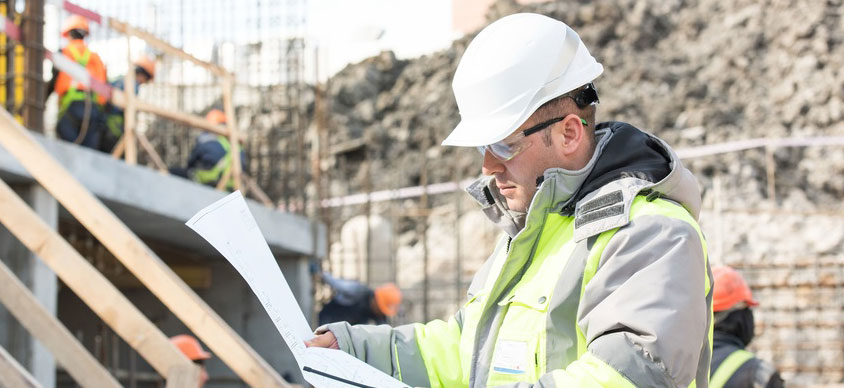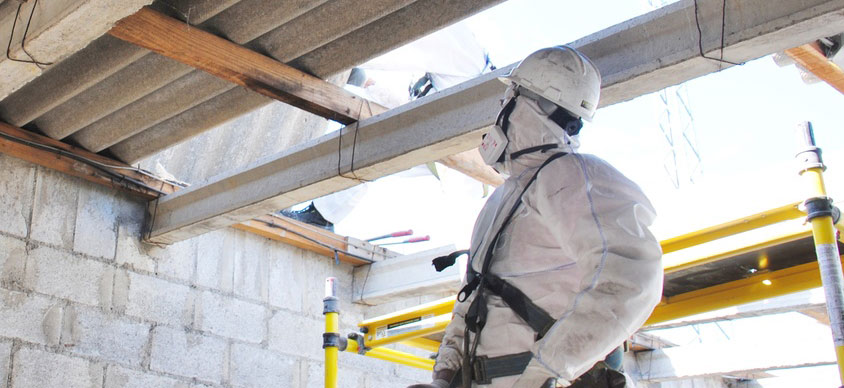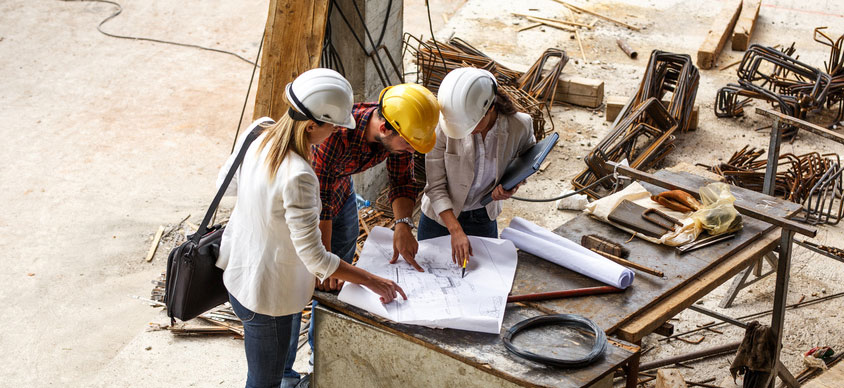hidden
We have over 20 years' of experience.

We have over 20 years' of experience.

Then please contact us, we would love to hear from and give any advice that you may need. The information you supply us will be kept in the strictest confidence and will not be passed on to any third parties
Read More


When it comes to construction, renovation, or demolition projects, safety and compliance are paramount. One of the most critical aspects of these projects is managing the risk posed by asbestos-containing materials (ACMs). An Asbestos Refurbishment and Demolition Survey (R&D Survey) is a comprehensive assessment designed to locate and assess asbestos materials in areas affected by significant structural changes. This survey is not only a legal requirement but also a vital step in protecting the health of workers and building occupants.
Here, we’ll explore what an Asbestos Refurbishment and Demolition Survey entails, why it’s essential, and how a professional asbestos surveying company ensure a thorough and reliable process.
An Asbestos Refurbishment and Demolition Survey is a type of asbestos survey carried out before any major refurbishment, structural alterations, or demolition work. Unlike the more general Management Survey, which focuses on day-to-day management of ACMs in a building, an R&D Survey specifically targets areas that will be disturbed during construction or demolition.
The survey is intrusive and may involve destructive techniques to access hard-to-reach areas, such as wall cavities, ceilings, and under flooring.
In the UK, the Control of Asbestos Regulations 2012 (CAR 2012) mandates an R&D Survey for any building work that could disturb ACMs. Non-compliance can lead to severe penalties, project delays, and reputational damage.
Asbestos fibres, when disturbed, pose a significant health risk. Prolonged exposure can cause life-threatening conditions, including mesothelioma, lung cancer, and asbestosis. Identifying and safely removing ACMs reduces the risk of exposure for workers and building occupants.
Unidentified asbestos materials discovered during construction or demolition can halt progress, leading to increased costs and project overruns. An R&D Survey ensures all asbestos risks are accounted for in the project plan.
The survey provides contractors and asbestos removal teams with detailed information about the location and condition of ACMs. This allows for a targeted and efficient removal process, reducing overall project timelines.
You’ll need an Asbestos Refurbishment and Demolition Survey in the following scenarios:
An R&D Survey is a detailed process carried out by qualified asbestos surveyors. Here’s what it typically involves:
The surveyor will provide a comprehensive report, which includes:
Selecting the right company to conduct an Asbestos Refurbishment and Demolition Survey is crucial. Here are key factors to consider:
Ensure the company is accredited by organisations such as UKAS (United Kingdom Accreditation Service) and has fully trained, P402-certified surveyors.
Look for a company with extensive experience in conducting R&D Surveys for various property types, from residential buildings to large-scale commercial and industrial sites.
A reliable asbestos surveying company should offer a range of services, including:
The company should provide clear, jargon-free reports and guidance to help you understand the findings and take appropriate action.
Ensure the company adheres to strict health and safety standards, including proper handling, transportation, and disposal of asbestos materials.
Once the survey is complete, the findings guide the next steps in your project:
Licensed asbestos removal contractors will use the survey report to safely remove and dispose of ACMs. This process is typically coordinated with the surveying company.
After removal, the site is inspected to ensure all asbestos materials have been eliminated, and a clearance certificate is issued.
With the asbestos safely managed, your construction, renovation, or demolition project can proceed without risk or legal concerns.
An Asbestos Refurbishment and Demolition Survey is an indispensable step in ensuring safety, compliance, and efficiency for any major construction or renovation project. By identifying and assessing asbestos-containing materials before work begins, you can protect the health of everyone involved while keeping your project on track.
Partnering with a professional asbestos surveying company like us guarantees a thorough and reliable survey process. From initial consultation to detailed reporting and safe removal coordination, our experise will help you navigate the complexities of asbestos management with confidence. If you’re planning a refurbishment or demolition project, investing in an R&D Survey isn’t just a legal obligation—it’s a commitment to safety and success.